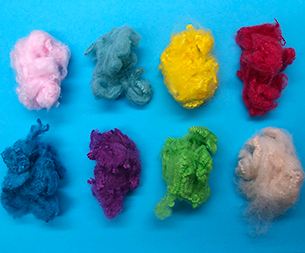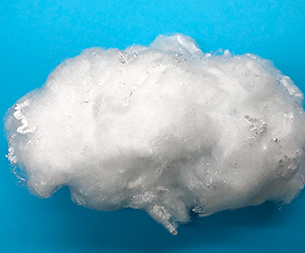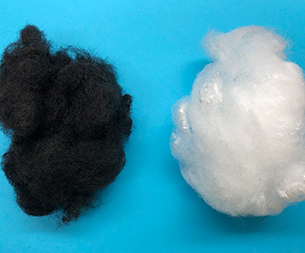Fabric consumption has a significant impact on the environmental footprint of fashion manufacturers. For most production modes, the CO2 emissions generated by fabrics account for more than 90% of the entire cutting room life cycle. When it comes to textile waste in the fashion industry, our first reaction may not be the fabric scraps from the clothing production process, but these scraps actually account for 10% to 15% of the total fabric consumption.
For manufacturers looking to reduce fabric waste to reduce their environmental footprint, every millimeter of fabric savings is critical. For example, significant fabric savings can be achieved by reducing the gaps between cuts and optimizing the layout (layout) of these cuts on the textile.
For mass production, even a slight increase in the proportion of cloth used represents less waste. Therefore, it is critical to use the right technology, software and equipment throughout the workflow to save fabric.
In the production preparation stage, artificial intelligence technology can be applied to optimize the cutting and scheduling. Fashion companies using automated scheduling software can not only reduce the amount of fabric used, but also accurately estimate the amount of fabric needed before production, thereby avoiding overstock and fabric shortages. Advances in digital technology have also made it possible to facilitate remote collaboration through 3D prototyping, avoiding unnecessary fabric consumption and transportation.
During the cutting process, the same software can be used to reduce or even eliminate the required gaps between cuts.
State-of-the-art cutting equipment also plays a key role in saving fabric. Manufacturers can use its various functions to reduce fabric waste. By integrating scanners and advanced image sensors, cutting equipment simplifies the management of patterns on printed fabrics and predicts possible deformations of the fabric, thereby optimizing cutting and reducing waste.
Finally, by adapting all ply thicknesses (i.e. layers of pieces to be cut), cutting equipment can more easily adjust production volumes to fluctuations in market demand and order volumes.
Declaration: The content of this article is organized from the Internet, and the copyright belongs to the original author; If there is infringement, please inform in time and contact to delete.
- Jiangsu Haibang New Material Co.
- China's textile industry is at a
- Key Guide to Selecting Polypropy
- The impact of the Federal Reserv
- The core performance advantages
- China Textile Machinery: Driven
- The core applications of polypro
- Textile foreign trade has shifte
- How to choose the right polyprop
- Cross-border textile merchants a
- Markets
- Automotive Products
- Nonwoven Lining
- Geosynthetics
- Liquid Filtration
- Apparel and Textiles
- Hygiene Products
- Building and Construction
- Other Markets
- Contact Us
- Contact Haibang





